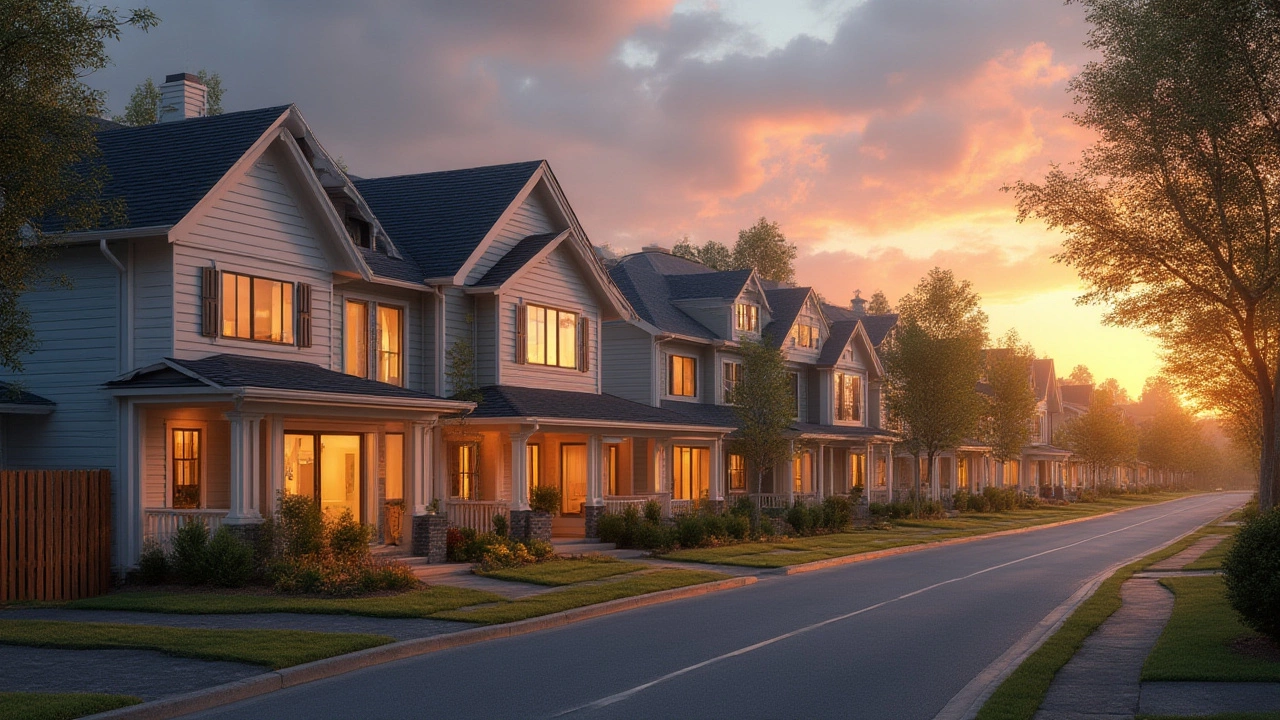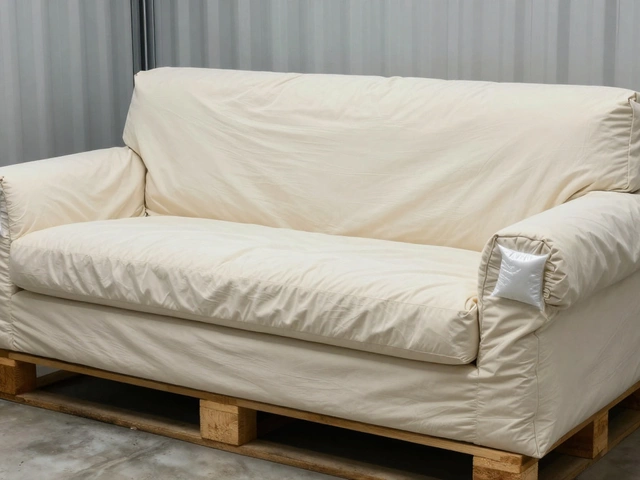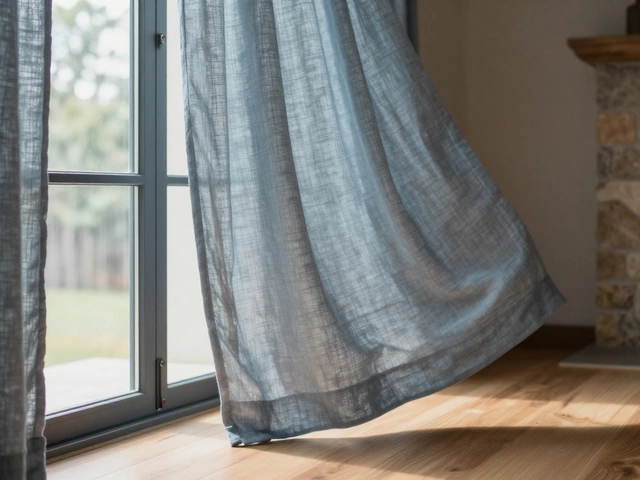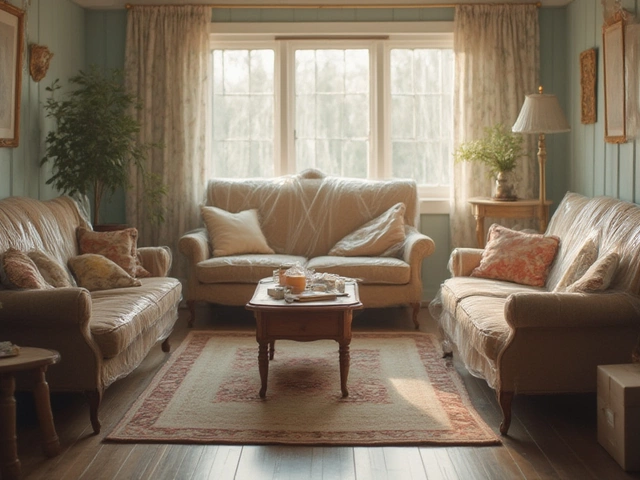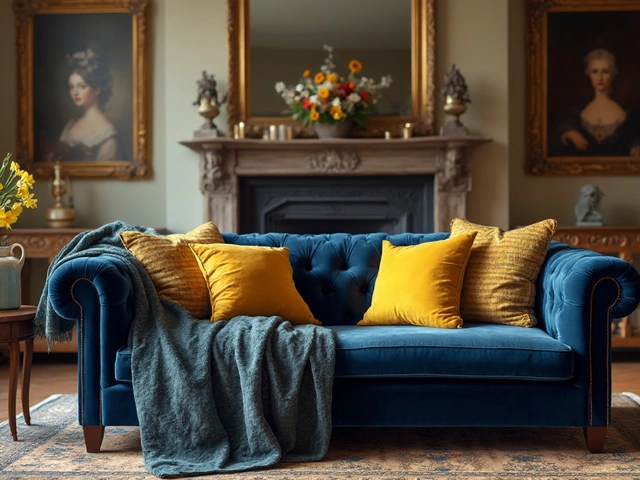Ever peeked inside an American neighborhood at night and noticed how many houses have bare, exposed windows? If you’re new to the States or just naturally curious, it’s jarring how common it is to spot living rooms, kitchens, and sometimes even bedrooms all on display to the street. If you grew up somewhere like Britain, Germany, or Japan, this kind of open-window living would probably feel as strange as eating pizza with a fork and knife in New York. But this isn’t just a random style quirk—there’s a mix of history, habits, climate, and modern trends that all shape why so many American houses go curtain-free.
Tracing the Roots: American Culture and the Open-Window Phenomenon
America’s relationship with privacy is complicated, and window treatments—whether you go for thick curtains, sleek blinds, or leave it all exposed—say a lot about what feels normal at home. Historically, early American settlers built houses that focused on maximizing daylight. Glass was expensive, so you made every bit count. As time went on and glass grew cheaper, homes featured more and bigger windows. By the mid-20th century, especially after World War II, American suburbs exploded with ranch-style and mid-century modern homes, all loaded with expansive windows facing the street or backyard to let in as much sun as possible. This emphasis on "bringing the outside in" became huge. Think of houses in California with living rooms flooded with light, or those open-plan spaces in midwestern homes that pride themselves on feeling bright all day long.
But the open-window look isn’t just about loving daylight. For plenty of Americans, it actually ties into a broader attitude about community and trust. If you live in a safe, residential neighborhood, leaving the curtains open can feel like saying, "I have nothing to hide." People sometimes even feel it’s more welcoming to leave windows exposed, especially in living areas not used for sleeping. Compare this with somewhere like the Netherlands or Poland, where privacy is prized, so you'll almost never see an uncovered window after sunset.
One of the most interesting stats? According to a 2022 survey by the Home Décor Association, only about 43% of new houses built in the South include any form of thick curtains or drapes at first—compared to a whopping 89% in Western Europe. That’s a huge gap, and it changes how homes are decorated, what you see from the street, and even how people interact inside their own space.
Religion and history play a smaller role now, but in Puritan times, homes with unshuttered windows could show you had pure intentions or modest living. In the 21st century, though, it’s more about aesthetics and the sense of "openness," both literally and metaphorically.
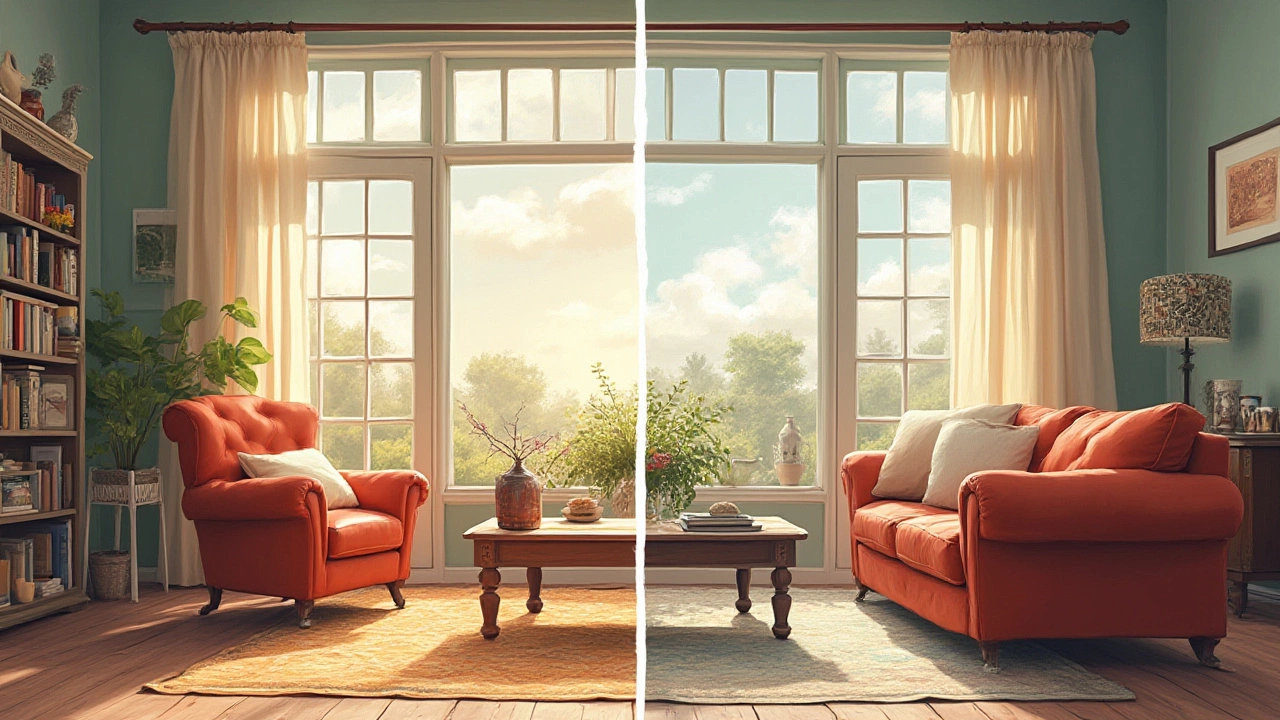
Climate, Architecture, and Modern Alternatives: Why Curtains Just Don’t Fit Sometimes
If you ask builders why American houses often skip curtains, you’ll hear about glass—lots of it. Open floor plans with wall-to-wall windows are everywhere in both old and new builds. But those giant panes create a design problem: Standard curtain rods or drapes either look awkward, block natural light, or just don’t fit the minimalist vibe many Americans want. Modern designs (especially post-2000) prioritize clean lines and visual flow. Heavy curtains can feel stuffy or traditional, and they don’t match the open, airy look that’s become so popular in the States.
Now layer in climate. Think about Florida, Texas, or California—curtains would just soak up heat and humidity, turning your living room into a sauna. Here, people go for alternatives like roller shades, plantation shutters, or heavy-tinted windows. According to the Window Coverings Manufacturers Association (2023 report), "hard" window coverings (blinds, shades, shutters) make up 67% of all window treatment sales in the U.S.—curtains alone take just 22%. So, if Americans are covering their windows, they’re usually not doing it with cloth.
Some homes feature no covering at all for living room and kitchen windows, thanks partly to newer glass that filters out UV rays. You’ll find double and triple-paned windows, sometimes with smart technology to dim automatically, doing what a curtain used to do but with none of the fuss. That means no faded furniture, less glare on your TV, and less hassle with cleaning dusty curtains. Open shades at day, lowered at night—simple, tech-driven, with a touch of convenience that fits American life pretty well.
Suburban developments also play a big part. With houses spaced further apart than in dense European towns, privacy from neighbors isn’t as big of a concern. And with big, setback lawns or tree screens out front, sometimes there just isn’t as much need to draw the curtains.
Want specifics? Here’s a quick look at types of window treatments and their popularity in 2024, based on a national survey by HomeAdvisor:
| Window Treatment Type | Percentage of US Homes |
|---|---|
| Blinds (all types) | 54% |
| Curtains/Drapes | 21% |
| Shades (roller, cellular, Roman, etc.) | 19% |
| No Window Covering | 6% |
That tiny 6% with nothing at all? Most are in warm, sunny regions where homes sit on large lots or are fitted with tinted glass. New York, Chicago, and Seattle still trend more toward blinds or curtains because of colder winters, traditional buildings, and closer neighbors.
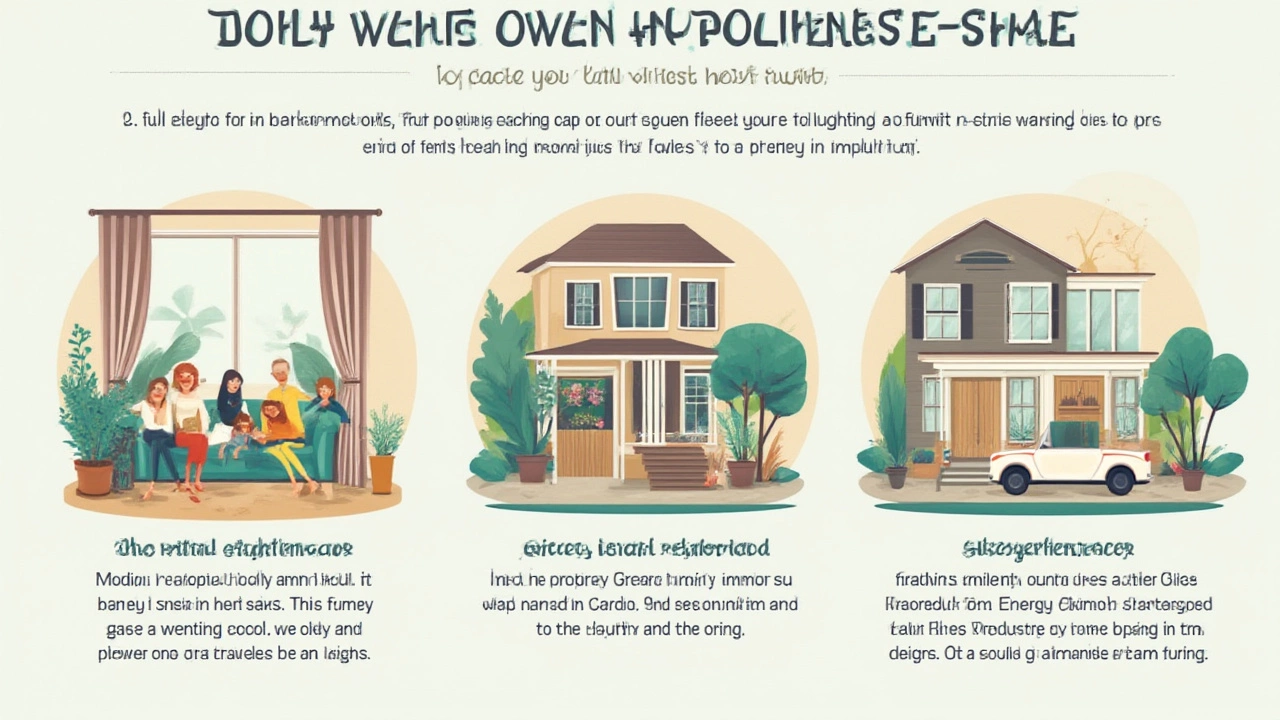
Pros, Cons, and Real-World Tips for Your Own Windows
If you’re living in the States and get that urge to cover your windows, you’re not alone. The choice comes down to how much light, privacy, and personality you want in your space. Here’s the real talk about what you gain or lose by going curtainless like your typical American neighbor.
Biggest perk? Sunlight, hands down. Natural daylight boosts your mood, helps regulate sleep, and saves on energy bills. Less fabric also means less dust and fewer trips to the dry cleaner—especially great if anyone in your home has allergies. Want that Instagram-cool minimalist living room with massive windows and perfectly cast sunlight? Leaving out curtains is a quick way to get there.
But, there’s some trade-off. At night, open windows can make your home feel a bit like a fishbowl. Anyone passing by can see in, and that means less privacy for the late-night couch dance parties or pajama movie marathons. If you’re safety-conscious, bare windows can sometimes feel exposed. Though crime rates in most American suburbs are relatively low (violent crime is down 65% from 1995 to 2023, according to the FBI), it still pays to be smart—especially if you live on a busy street or in an apartment at street level.
If you want the best of both worlds, tech helps a lot. Think smart shades that lower themselves when it gets dark, or DIY films that make glass frosted with a cheap roll from the hardware store. Frosted films, in particular, are a growing trend—the National Window Film Association notes American sales jumped 28% in 2024 alone for privacy and aesthetic reasons.
Still dead-set on curtains? Try these tips to fit them into a modern American look:
- Use sheer or linen curtains that filter light but still let your rooms breathe.
- Hang curtain rods wider than the window frame so you can pull the curtains back and show off full glass during the day.
- Match fabric with your wall color for a softer, more open look—not heavy velvets that close the space in.
- Combine simple roller shades with light curtains for the ultimate combo of privacy and sunlight control.
Feeling fancy? Go with motorized blinds that you can control from your phone. Not only are they surprisingly affordable in 2025 (average cost is just $160 per window, down from $350 in 2020), but they’re a hit with homeowners wanting clean lines and instant privacy as soon as the sun sets.
It all circles back to American priorities—light, openness, modern lines, and a relaxed attitude toward privacy in many neighborhoods. While classic movies might show grandma opening thick velvet drapes every morning, today, American houses are more likely to feature sleek, minimalist solutions—or nothing on the windows at all. You probably won’t see heavy curtains making a comeback anytime soon, but if you like them, go for it. At the end of the (very sunny) day, your space should fit your life, not just follow the crowd.
